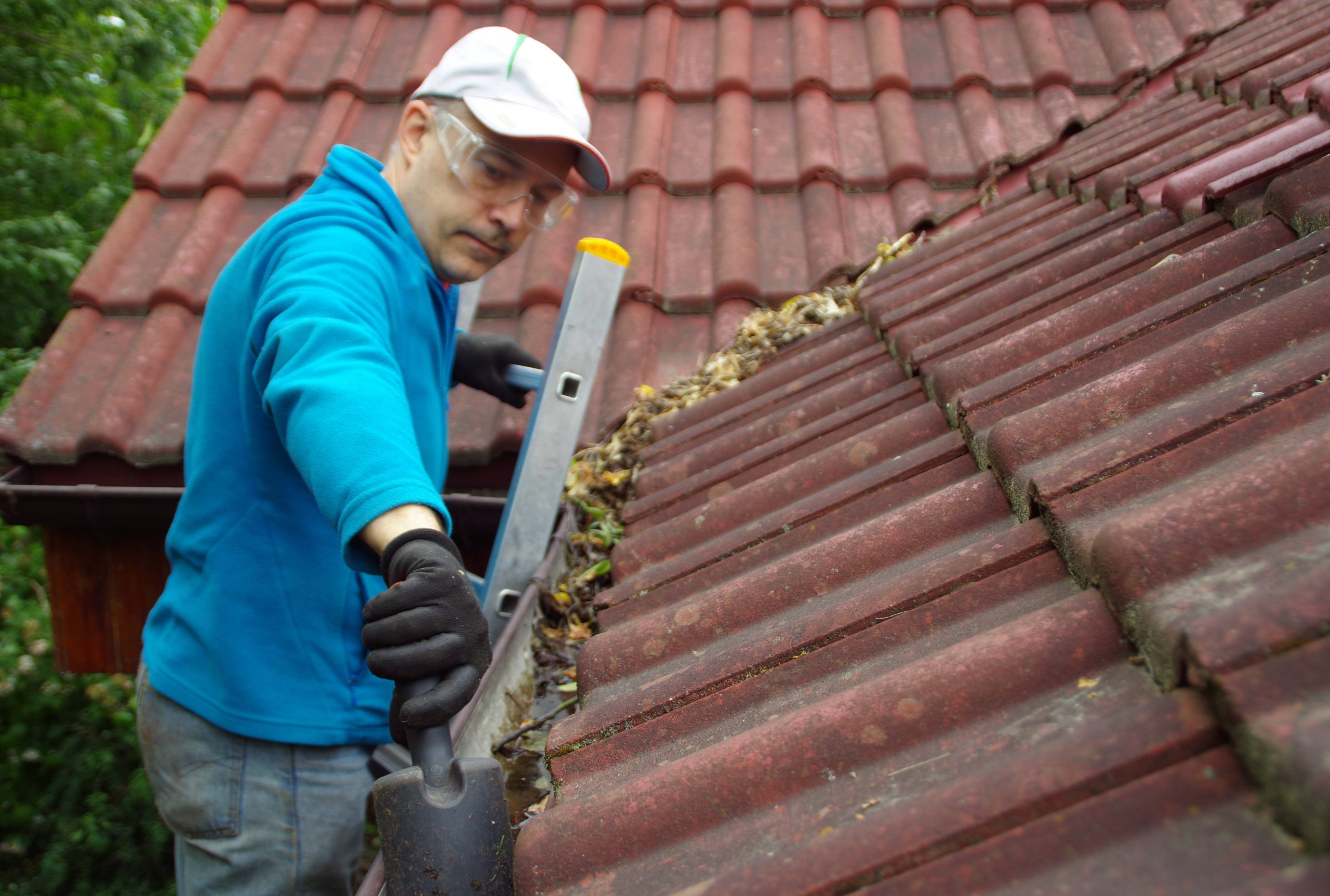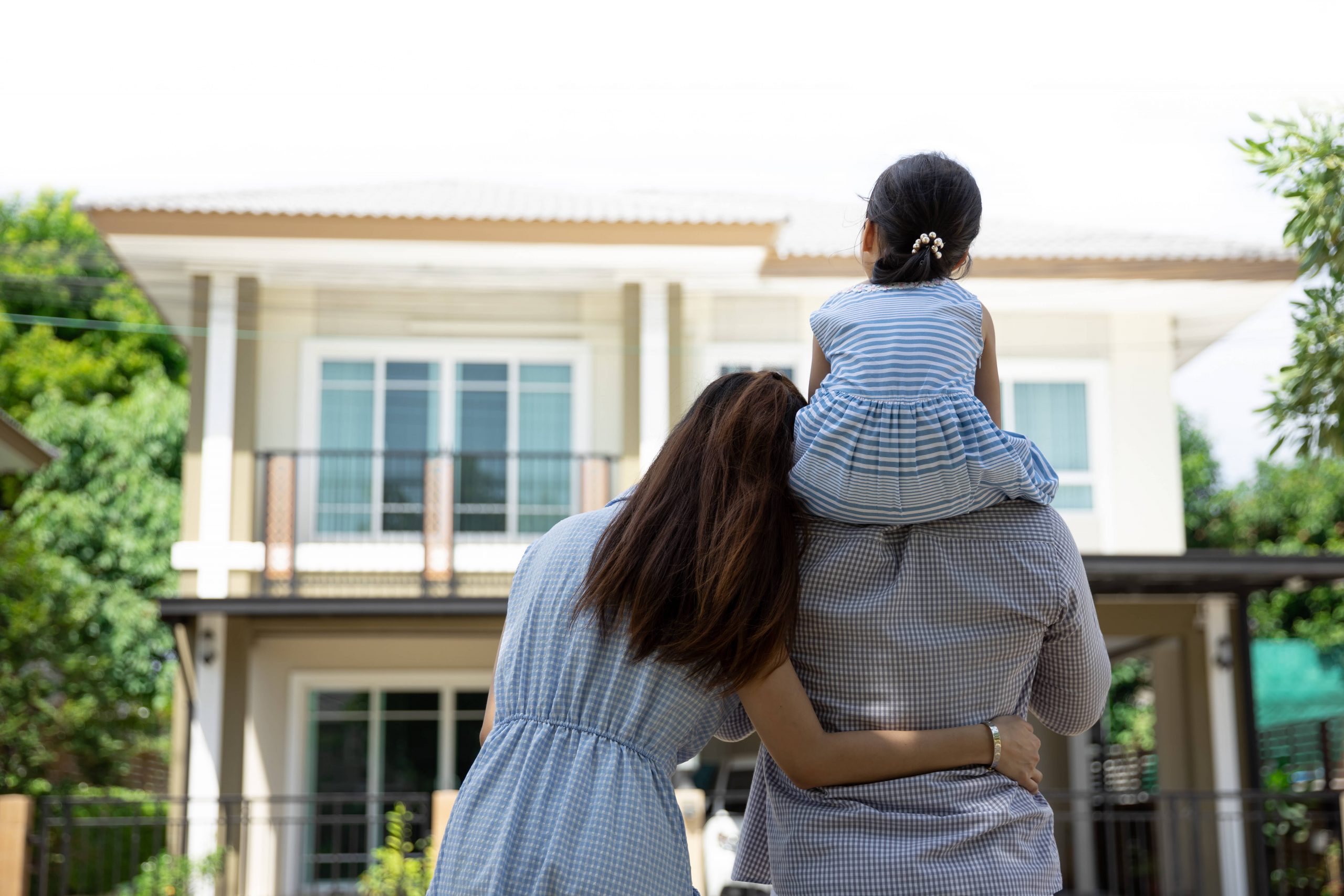Table of Contents
Affordable Window Replacement Options for Homeowners
When it comes to home improvements that pay off in both comfort and value, replacing old windows ranks high on the list. Not only do new windows enhance curb appeal, but they also improve energy efficiency, increase natural light, and reduce unwanted noise. Whether you’re dealing with drafty panes, broken latches, or just outdated styles, choosing the right replacement windows can feel overwhelming with so many styles, materials, and features on the market.
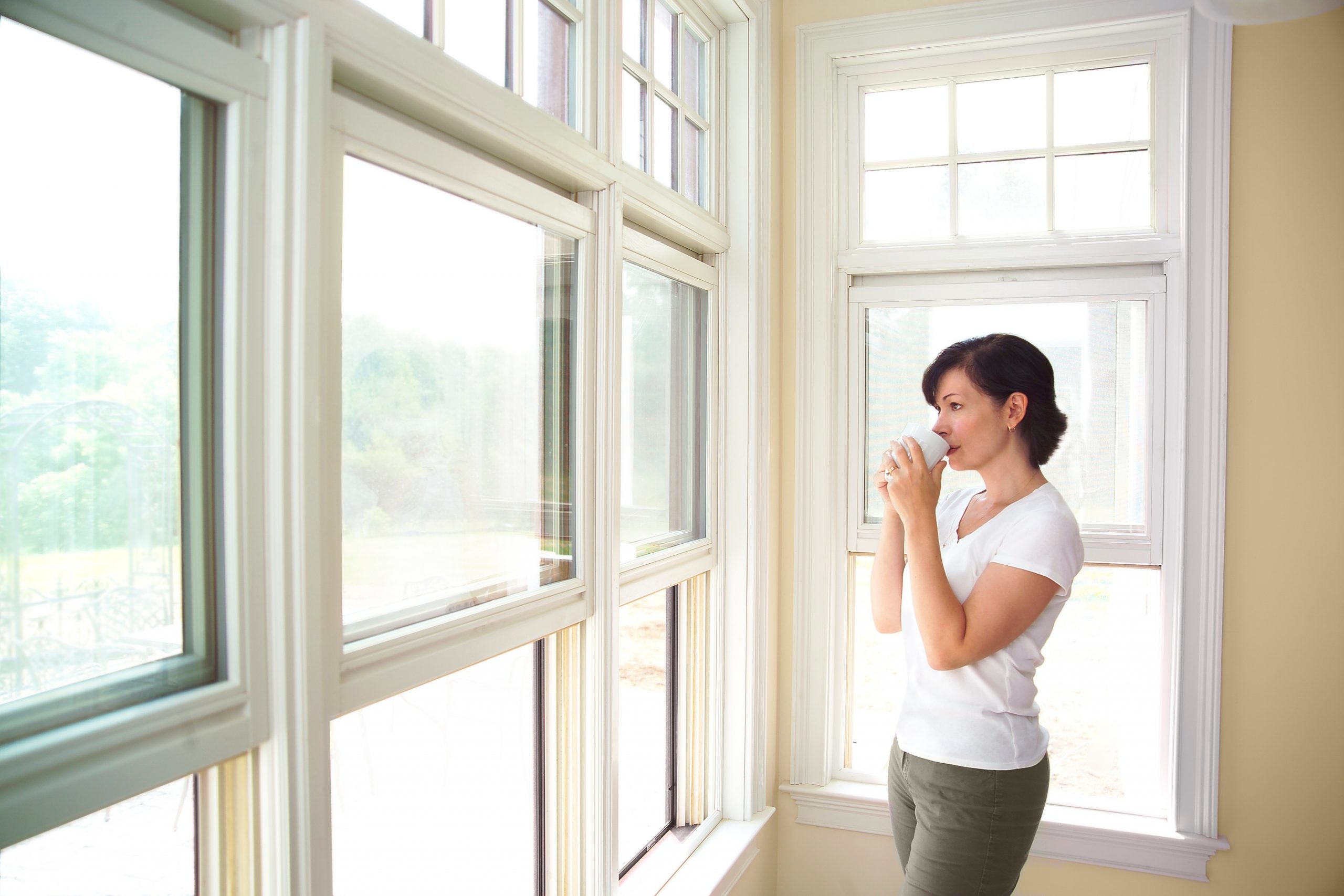
🔥 Buy One, Get One 40% OFF + $200 OFF
- Energy Star Award 2024 for Sustained Excellence
- Custom-crafted Windows & Professional Installation
- Hassle-free Process From Start to Finish
- In-home, No-obligation Consultation
- Replaced 8.5M+ Windows in 1 Million+ Homes
- Standard & Specialty Replacement Windows
- Expert Installation by Licensed Professionals
- Flexible & Affordable Financing Options
- Trusted Brands Including: Simonton, Ply Gem, Jeld-Wen, Milgard & ProtecSure
- Connects you with nearby Window Installation experts
- Get access to listed contractors using your zip code
- Directly contact the contractor of your choice or schedule a service
- BBB Accredited with an A+ Rating
But don’t worry—understanding the key options available makes the decision much easier. Let’s walk through the most popular types of residential windows, the materials used to make them, and what to consider before making an investment.
Why Window Replacement is Worth the Investment
Old windows aren’t just an eyesore—they’re often responsible for inflated energy bills and uncomfortable indoor temperatures. Many older homes have single-pane windows that lack insulation, leading to drafts in winter and heat buildup in summer. Replacing them with modern alternatives can significantly cut down on energy use, reduce your carbon footprint, and provide a much more comfortable living environment.
Plus, new windows can increase the value of your home. Real estate agents often highlight upgraded windows as a major selling point. Even if you’re not selling anytime soon, it’s an investment you’ll enjoy every single day.
Exploring the Different Window Types for Homes
Double-Hung Windows: The Classic Choice

Double-hung windows are a timeless favorite and for good reason. These windows have two sashes that slide vertically within the frame. Both the upper and lower panels can be opened, allowing for flexible airflow. Many newer double-hung models are designed to tilt inward, making cleaning a breeze—especially for second-story windows.
This type of window is versatile and works well with a variety of architectural styles, from traditional colonial homes to more contemporary designs. While they are slightly less airtight than other window styles, their accessibility, affordability, and familiarity make them one of the top picks for homeowners.
Casement Windows: Modern and Efficient
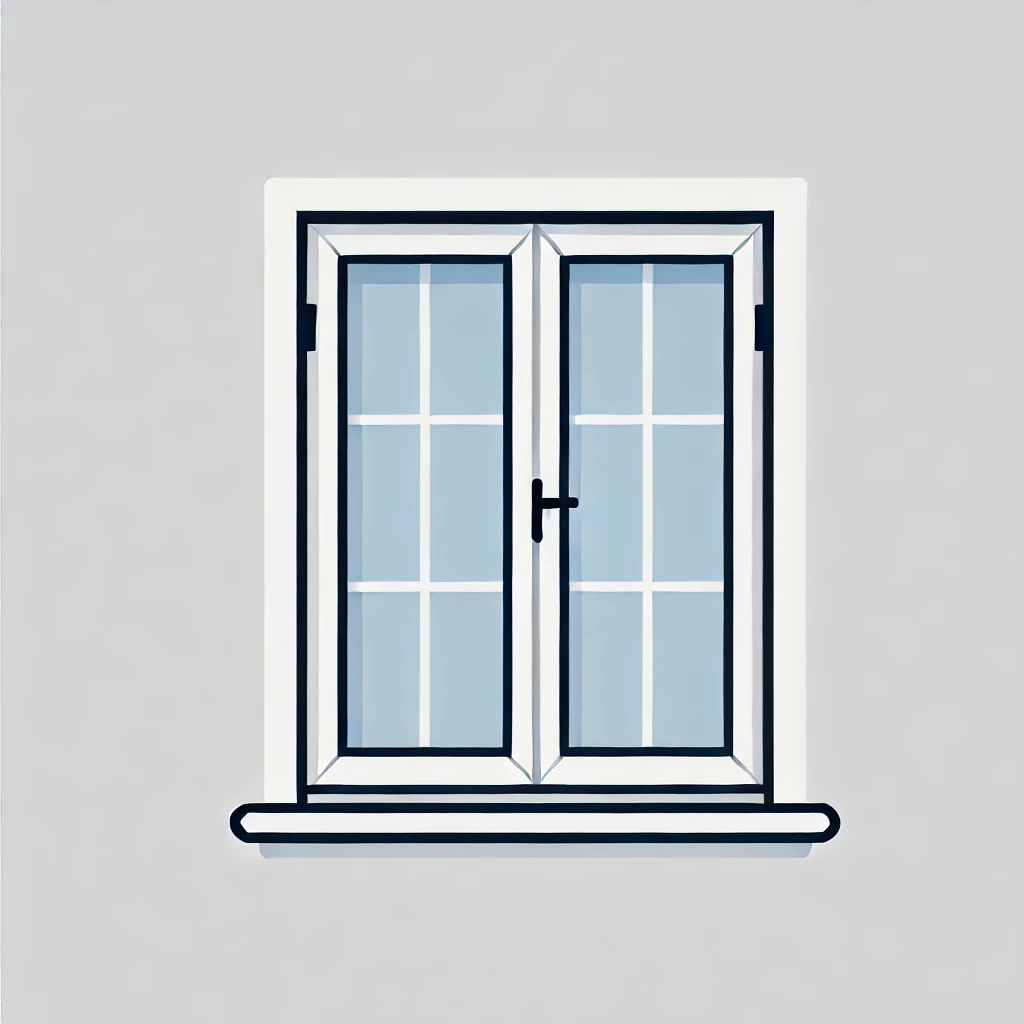
Casement windows open outward using a crank mechanism, swinging either to the left or right depending on installation. They create an airtight seal when closed, which boosts their energy efficiency. Their design allows for maximum ventilation, as the entire window opening is unobstructed when the sash is open.
Casement windows pair well with modern homes due to their clean lines and sleek appearance. They’re especially useful in hard-to-reach places, such as over the kitchen sink, because the crank operation doesn’t require much strength or leverage. However, because they open outward, they may not be suitable for areas with tight landscaping or walkways close to the house.
Sliding Windows: Wide, Simple, and Affordable
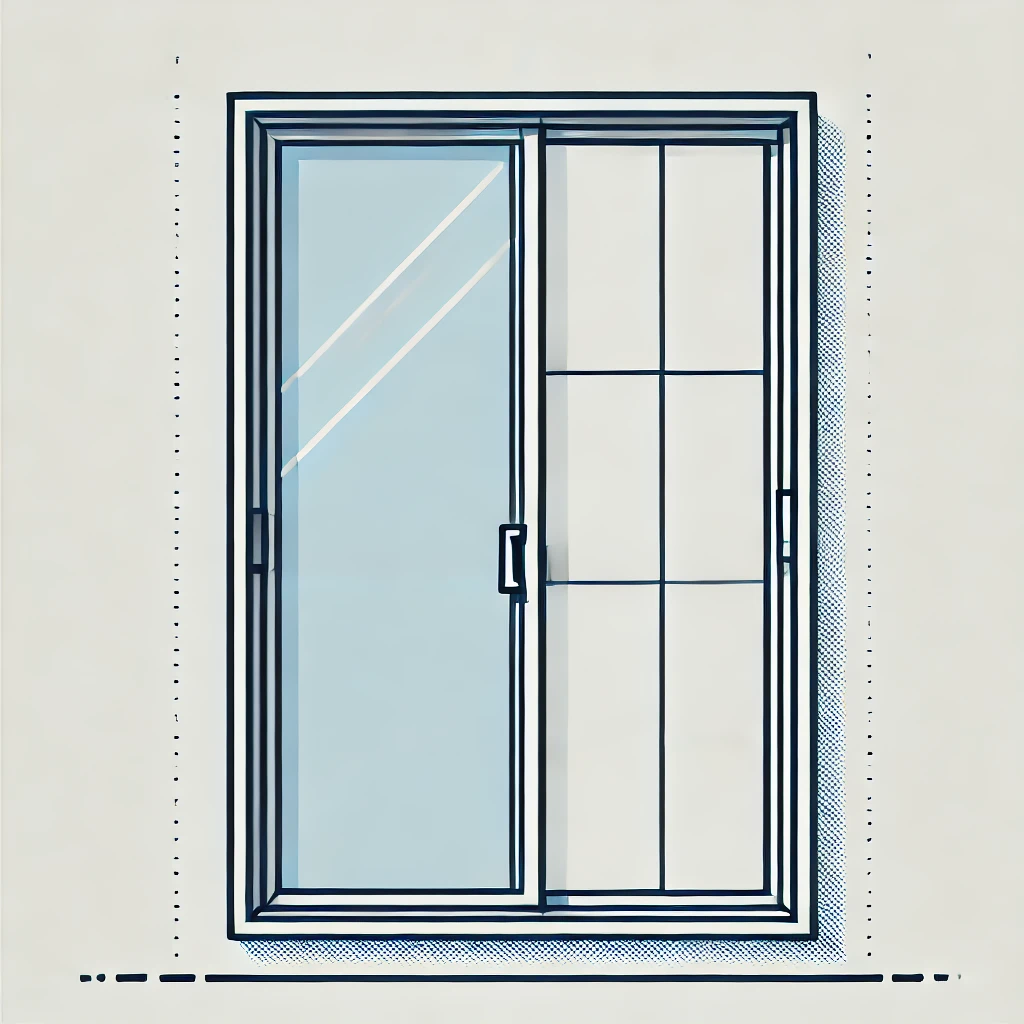
Sliding windows operate horizontally along a track and are excellent for wide openings where vertical space might be limited. They offer a minimalist look and are particularly common in mid-century and contemporary home designs.
One benefit of sliding windows is their simplicity. Fewer moving parts mean fewer maintenance concerns over time. However, because only one side typically opens, airflow is somewhat limited compared to double-hung or casement windows. And since the tracks can collect dirt and debris, occasional cleaning is necessary to keep them operating smoothly.
Awning Windows: Compact and Weather-Resistant

Awning windows are hinged at the top and open outward from the bottom, forming an awning-like shape when opened. This design allows them to stay open during light rain, which makes them ideal for wet climates or humid areas like bathrooms and basements.
They also work well in combination with larger fixed windows, adding ventilation without sacrificing views. While their compact shape means they don’t let in as much air as larger styles, their security and water-resistance make them a smart choice for specific applications.
Picture Windows: Views First, Ventilation Second
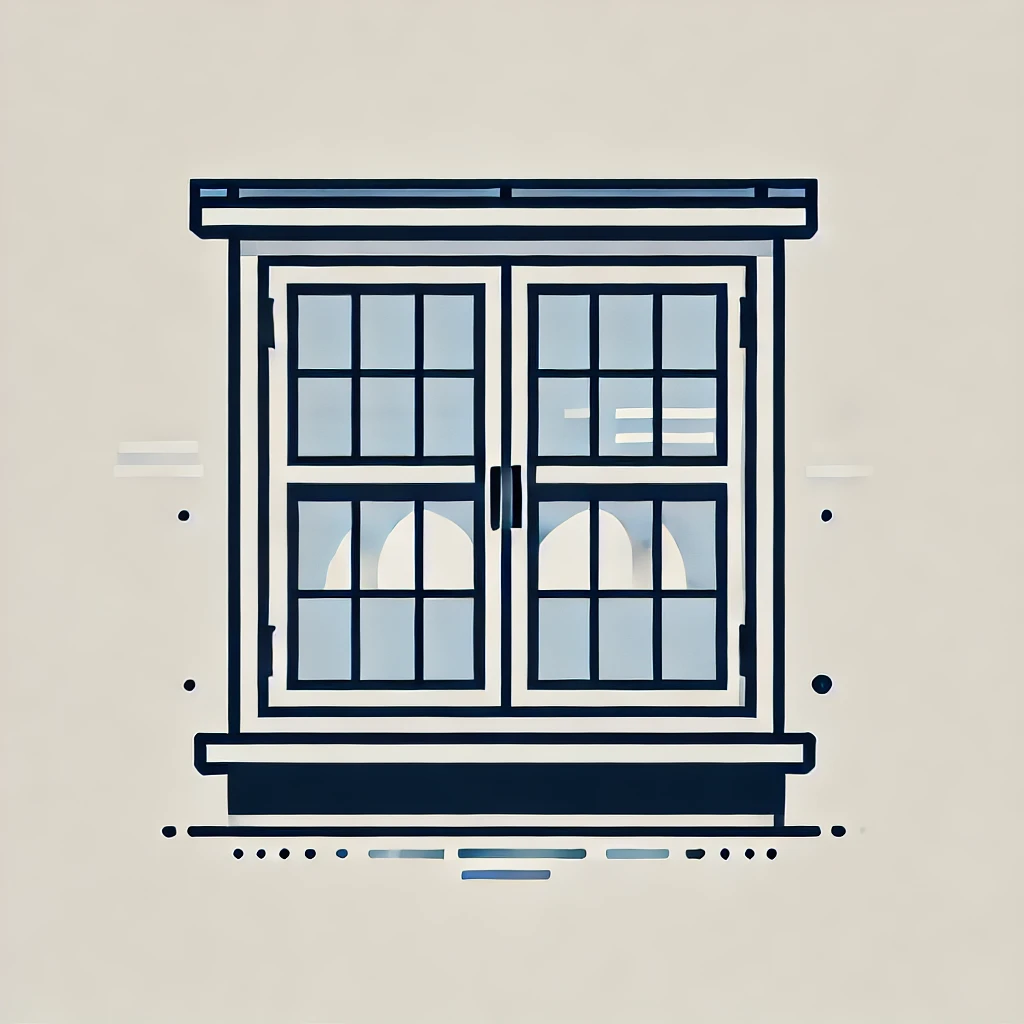
If your goal is to flood your home with natural light or frame a beautiful outdoor view, picture windows are the way to go. These large, fixed-pane windows don’t open, which means they offer excellent insulation and minimal maintenance.
However, their lack of ventilation is something to consider. Homeowners often pair picture windows with other operable windows like casements or awnings to get the best of both worlds—light and airflow. These are commonly used in living rooms or stairwells where views and light matter more than air circulation.
Bay and Bow Windows: Big Style and Even Bigger Impact
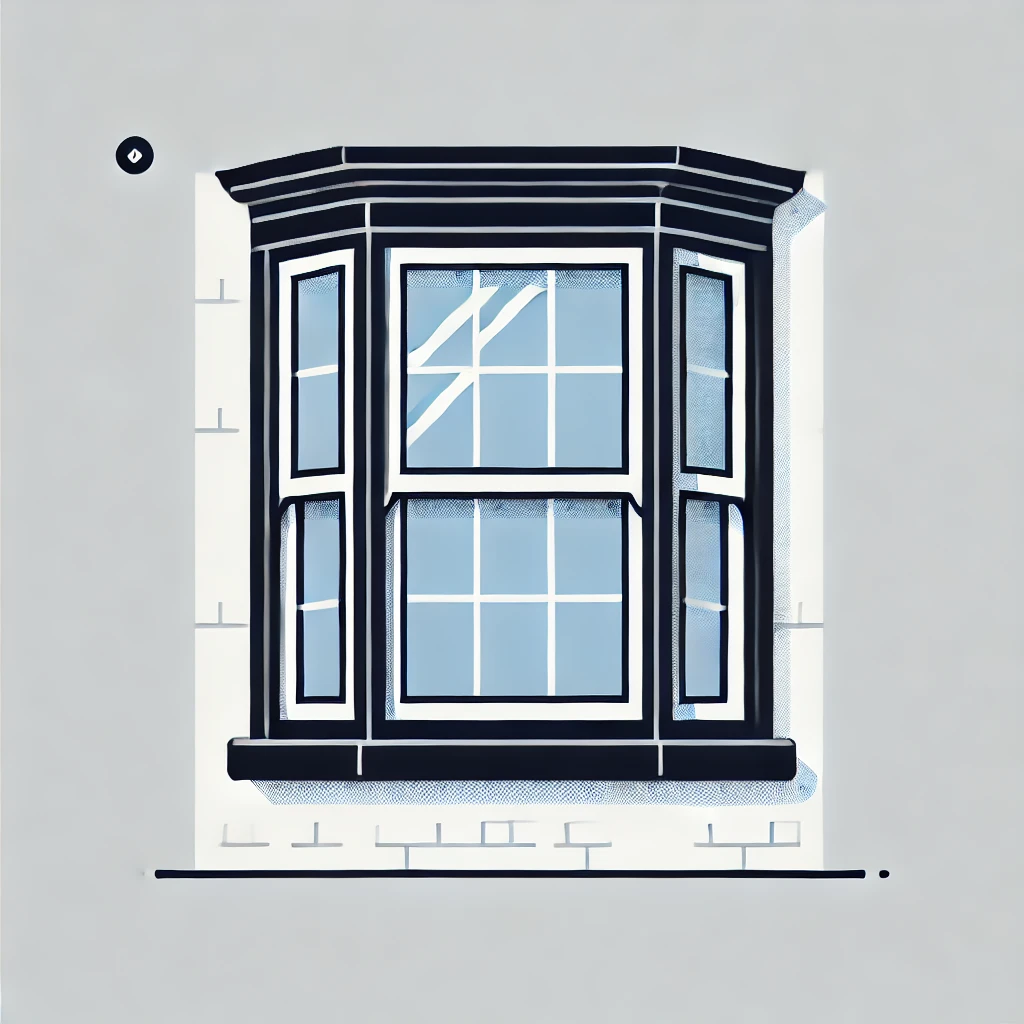
For a dramatic upgrade, bay and bow windows can transform the look and feel of a room. Bay windows typically consist of three panels angled outward—one large picture window in the center and two smaller operable windows on the sides. Bow windows, on the other hand, have four or more curved panels for a gentler arc.
These windows extend beyond the exterior wall, creating additional space inside the home that can be used for a reading nook, seating, or decorative shelving. They offer panoramic views and tons of natural light. That said, they’re also some of the most expensive and complicated windows to install, so they’re best suited for major renovations or long-term investments.
Choosing the Right Frame Material
Picking a window style is just the beginning—you’ll also need to decide on the frame material. Each material has pros and cons when it comes to insulation, durability, appearance, and cost.
Vinyl is one of the most affordable options, and it performs well in terms of energy efficiency. It won’t rot or corrode, and maintenance is minimal. However, it can’t be painted, and prolonged exposure to high heat may cause warping.
Wood is the traditional gold standard for window frames, offering natural insulation and unmatched visual appeal. But it comes with a higher price tag and demands regular maintenance to prevent rot and insect damage.
Fiberglass frames are gaining popularity thanks to their strength and resistance to temperature changes. They can mimic the look of wood while requiring far less upkeep. They tend to cost more upfront but offer excellent long-term value.
Aluminum frames are lightweight and ideal for modern architecture. They’re less prone to warping than wood, but they conduct heat and cold more easily, making them less energy efficient unless paired with a thermal break.
Composite materials—made from a mix of wood fibers and plastic resins—offer a nice balance between durability and insulation. They resist moisture, won’t warp, and can be finished in a variety of colors and textures.
Energy Efficiency: What to Look For
Energy efficiency is one of the top reasons homeowners decide to replace their windows. To maximize your savings and comfort, pay attention to features like double or triple glazing, gas fills between panes (usually argon or krypton), and Low-E (low emissivity) coatings that reflect heat without blocking light.
You’ll also want to check for the ENERGY STAR certification, which guarantees the window meets or exceeds the efficiency standards for your region. Efficient windows can reduce energy bills by up to 15%, especially in homes with outdated single-pane windows.
Understanding the Costs
Window replacement costs can vary widely depending on the type, material, and size of the windows you choose. Here’s a helpful comparison:
| Window Type | Average Cost (Installed) |
|---|---|
| Double-Hung | $300 – $850 |
| Casement | $350 – $900 |
| Sliding | $250 – $800 |
| Awning | $400 – $1,000 |
| Picture | $250 – $1,200 |
| Bay/Bow | $1,200 – $4,500+ |
In addition to the base price, consider installation fees, which can add significantly to the total—especially for larger or more complex designs like bay windows. Replacing all the windows in an average-sized home could run anywhere from $8,000 to $20,000 depending on your choices.
Picking the Best Fit for Your Home
There’s no one-size-fits-all answer when it comes to window replacement. The right windows for your home depend on your climate, budget, style preferences, and long-term goals. If you’re planning to stay in your home for years to come, higher-end materials and triple-pane glass may be worth the extra investment. If you’re renovating a rental property or planning to sell soon, energy-efficient vinyl windows offer solid performance at a lower price.
Think about where you need ventilation, what kind of maintenance you’re willing to do, and whether you want to make a bold design statement or keep things classic. A little planning now goes a long way toward making sure your window upgrade delivers both function and beauty for years to come.



